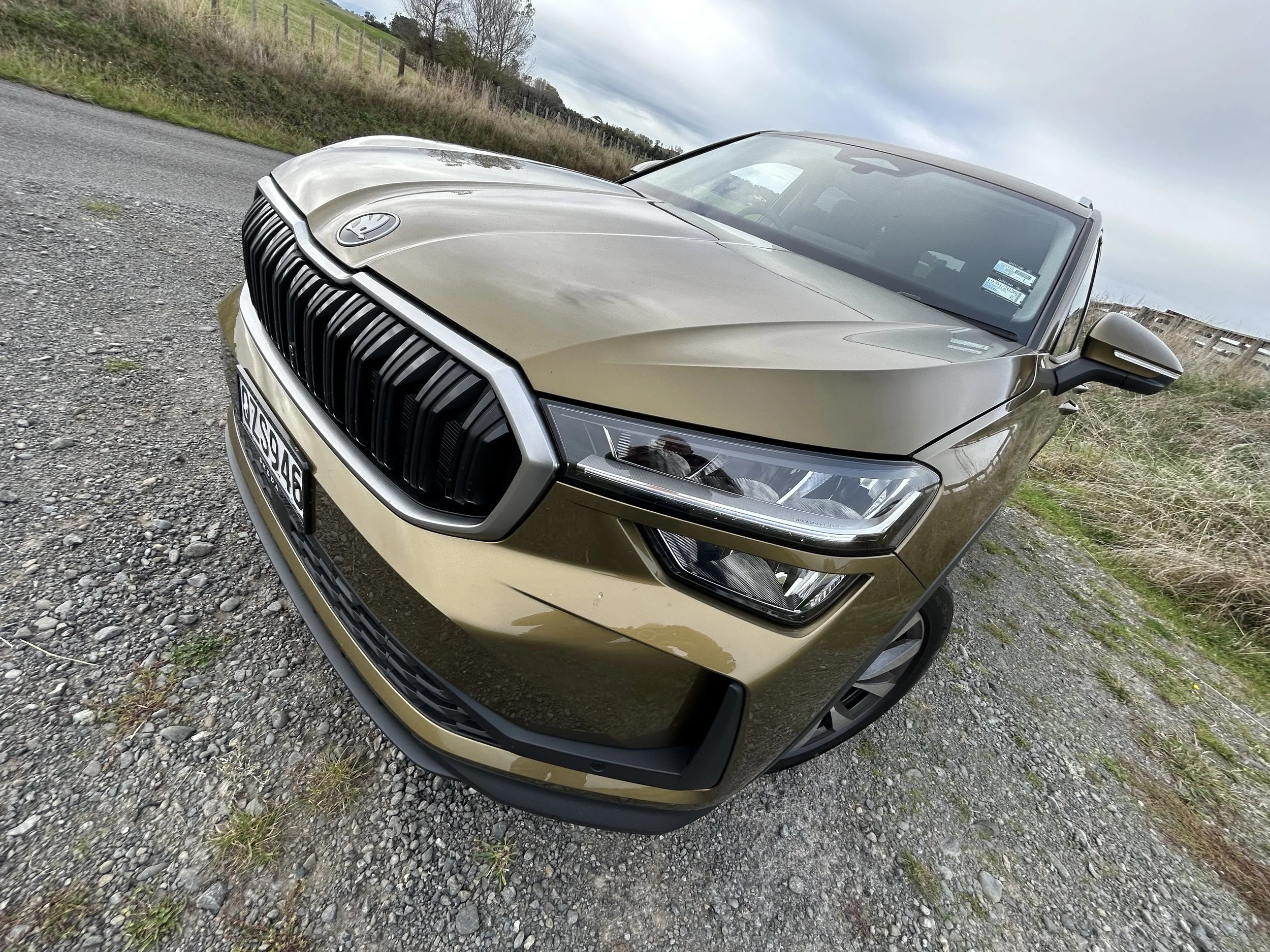Nissan plans bring pain and joy
/Plant closures, more platform-sharing with Mitsubishi and Renault and the potential of a new Z-car … it’s been a big week for Nissan.
Navara’s ambitions are presently headed by the just-released N-Trek.
COMING in the wake of Nissan identifying readiness for a new product onslaught that could include a new-generation ‘Z’ sports car is determination to slim down spending, in part by closing a plant that has supplied New Zealand.
A factory in Barcelona, Spain, that has been a supply point for the Navara utility appears to be the biggest victim of the maker’s determination to cut global production by 20 percent.
Nissan’s overnight signal that it intends to close the factory by December has triggered worker protests and a response from Spain’s government, which is asking for a reconsideration on grounds that it will cause considerable unemployment and hit the national economy hard. In addition to the 3000 factory positions, 20,000 more jobs in the brand’s supply chain in Spain are also at risk.
The full extent of impact on our market remains unclear. Current Navara also sources out of Thailand, is nearing production life and odds of it being developed off the next-generation Mitsubishi Triton seem to have strengthened with another announcement this week confirming that platform-sharing between the Japanese firms and their other partner, Renault, will intensify.
This to the point, some onlookers say, that an effort to slash model investment costs by up to 40 percent will inevitably mean some crucial forthcoming models such as next-generation utes and SUVs will become badge engineering exercises.
The three makers have acknowledged implications of their “leader-follower” vehicle strategy discussed this week will be significant.
A core ideal of a new co-operation business model is that it green lights the current “standardisation strategy” evolving from the platform sharing that occurs now to common adoption of upper bodies: So, effectively, no more styling divergence to create individual identities but instead lookalikes differentiated at best by modest design revisions and, at worst, by badges alone.
The potential for this seems high given the alliance has also said that, going forward, responsibility for product development and regional priorities will go to a single brand.
Mitsubishi has been saying for some years that it has been in the box seat for being the home base for a future ute, as current Triton presents as a far more cost-effective vehicle to build and sell than the Navara.
Any cloning is unlikely to stop with the ute. It’s highly certain the next-generation Mitsubishi Outlander, Nissan X-Trail and Renault Koleos mid-size SUVs will come off a new Nissan-developed platform. Mitsubishi already has a rebadged version of the Renault Trafic van.
Closing the plant in Spain (and another in Indonesia) is in response to Nissan sinking into the red for the first time in 11 years as the coronavirus pandemic squashed global demand and disrupted production.
In announcing the closures, the maker has also reiterated that its biggest plant, the Sunderland facility in the United Kingdom that supplies the new Juke that releases here soon, is not going to be touched. In fact, Sunderland’s status will be elevated as the centre of all future production for Europe.
Nonetheless, with global vehicle production having dropped 62 percent in April from a year earlier to 150,388 vehicles and global vehicle sales slipping nearly 42 percent last month, Nissan is having to move fast and decisively.
It also determined today to reduce the number of its models and focusing on certain geographic areas, such as Japan, China and the United States, to enhance its efficiency and profitability, rather than chasing sales size.
Nissan has spent much of the past year seeking to recover from the November 2018 arrest of its former chairman, Carlos Ghosn, over financial misconduct allegations, including under-reporting future compensation and misusing Nissan money.
The company’s management appeared to be in disarray after the sudden departure of Ghosn, who was sent by Renault to help Nissan recover from near-bankruptcy in 1999.
Ghosn’s successor, Hiroto Saikawa, also ended up resigning amid allegations about dubious income.
Amidst all this, Nissan this week also released the future model teaser video (above) that suggests it has a replacement for the 370Z sports car.
What media have immediately tagged the ‘400Z’ is expected to be remodelled on the same platform as the 370Z and the video suggests it follows the same styling path as its predecessors. The especially eagle-eyed have identified that the headlights appear to be circular – a nod to the original 240Z, it’s conjected.
The engine will be a 3.0-litre twin-turbo V6, producing 298kW (400hp, hence the 400Z name), and 475Nm through an automatic transmission to the rear wheels.
Other new additions include refitting of the original ‘Z’ badge to the rear quarter panel like the old models have and, in its home market, the Fairlady nameplate is to continue.

















